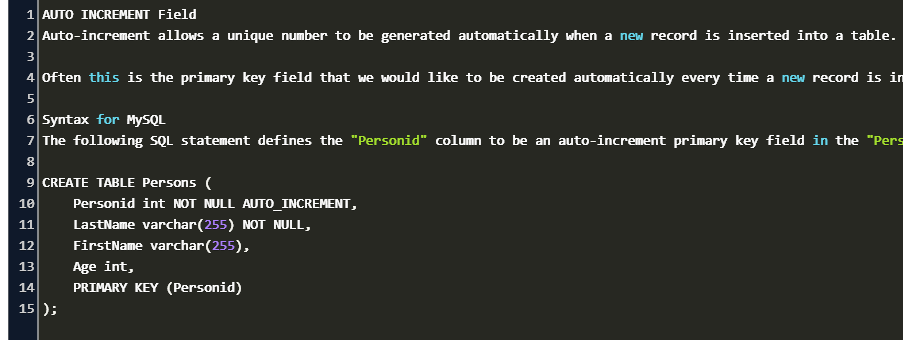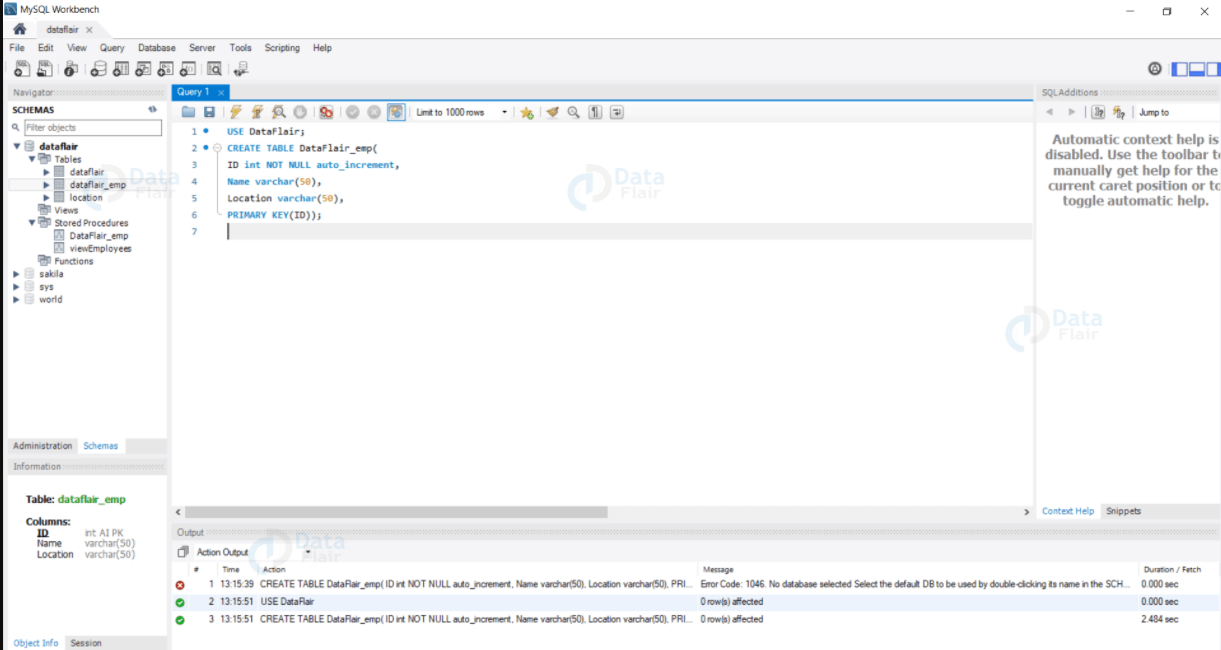
 Statement and PreparedStatement: these interfaces are used to execute static SQL query and parameterized SQL query, respectively. Connection: this interface represents an established database connection (session) from which we can create statements to execute queries and retrieve results, get metadata about the database, close connection, etc. MySQL in this tutorial) and to establish a database connection with the server via its getConnection() method. DriverManager: this class is used to register driver for a specific database type (e.g. They are all available under the java.sql package: Let’s take an overview look at the JDBC’s main interfaces and classes with which we usually work. The principal JDBC interfaces and classes Let’s create a MySQL database called SampleDB with one table Users with the following structure: Execute the following SQL script inside MySQL Workbench:ģ.
Statement and PreparedStatement: these interfaces are used to execute static SQL query and parameterized SQL query, respectively. Connection: this interface represents an established database connection (session) from which we can create statements to execute queries and retrieve results, get metadata about the database, close connection, etc. MySQL in this tutorial) and to establish a database connection with the server via its getConnection() method. DriverManager: this class is used to register driver for a specific database type (e.g. They are all available under the java.sql package: Let’s take an overview look at the JDBC’s main interfaces and classes with which we usually work. The principal JDBC interfaces and classes Let’s create a MySQL database called SampleDB with one table Users with the following structure: Execute the following SQL script inside MySQL Workbench:ģ. 
Extract the zip archive and put the mysql-connector-java-5.1.25-bin.jar file into classpath (in a same folder as your Java source files).
 JDBC Driver for MySQL ( download MySQL Connector/J 5.1.25). You may also want to download MySQL Workbench – a graphical tool for working with MySQL databases. MySQL ( download MySQL Community Server 5.6.12). To begin, make sure you have the following pieces of software installed on your computer: The principal JDBC interfaces and classes. Although the target database system is MySQL, but the same technique can be applied for other database systems as well because the query syntax used is standard SQL which is supported by all relational database systems.We will learn how to do insert, query, update and delete database records by writing code to manage records of a table Users in a MySQL database called SampleDB. These CRUD operations are equivalent to the INSERT, SELECT, UPDATE and DELETE statements in SQL language. This tutorial is going to help you learning how to do basic database operations (CRUD – Create, Retrieve, Update and Delete) using JDBC (Java Database Connectivity) API. Get it now!ĭownload Aspose for all your file format manipulation needs Thanks for the help.Java Hosting from just $5/mo. Can someone help me or point me in the right direction? Thanks for the help. I have tried looking up the answer but all I find is information about finding auto - generated keys.
JDBC Driver for MySQL ( download MySQL Connector/J 5.1.25). You may also want to download MySQL Workbench – a graphical tool for working with MySQL databases. MySQL ( download MySQL Community Server 5.6.12). To begin, make sure you have the following pieces of software installed on your computer: The principal JDBC interfaces and classes. Although the target database system is MySQL, but the same technique can be applied for other database systems as well because the query syntax used is standard SQL which is supported by all relational database systems.We will learn how to do insert, query, update and delete database records by writing code to manage records of a table Users in a MySQL database called SampleDB. These CRUD operations are equivalent to the INSERT, SELECT, UPDATE and DELETE statements in SQL language. This tutorial is going to help you learning how to do basic database operations (CRUD – Create, Retrieve, Update and Delete) using JDBC (Java Database Connectivity) API. Get it now!ĭownload Aspose for all your file format manipulation needs Thanks for the help.Java Hosting from just $5/mo. Can someone help me or point me in the right direction? Thanks for the help. I have tried looking up the answer but all I find is information about finding auto - generated keys. 
All I need is the name of the column to fix this but I have no idea how to find the name of a auto-incremented column. The problem is that when I create the form I don't want to display fields for auto-incremented columns. Right now I have to create forms to add and edit data from the tables within the database. I'm working on a program that makes using MySQL databases simpler.








 0 kommentar(er)
0 kommentar(er)
